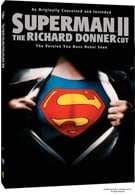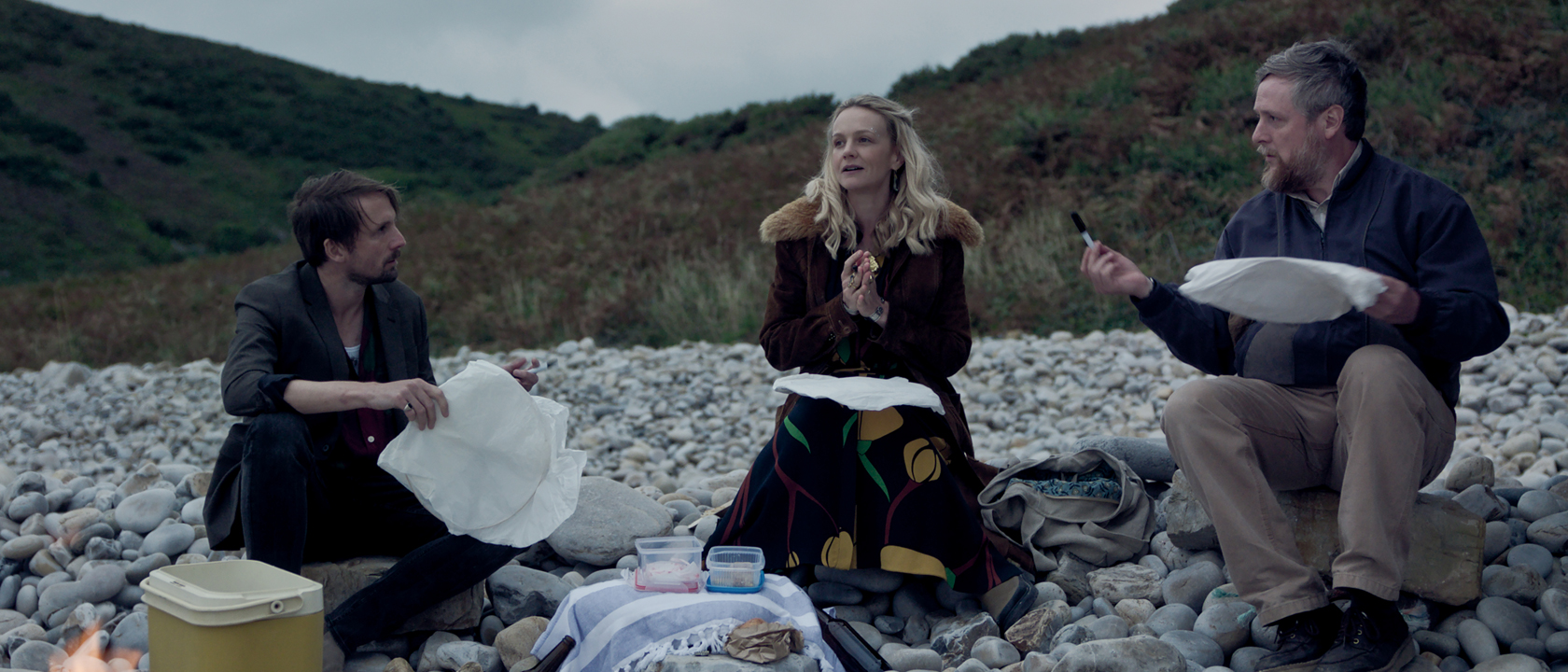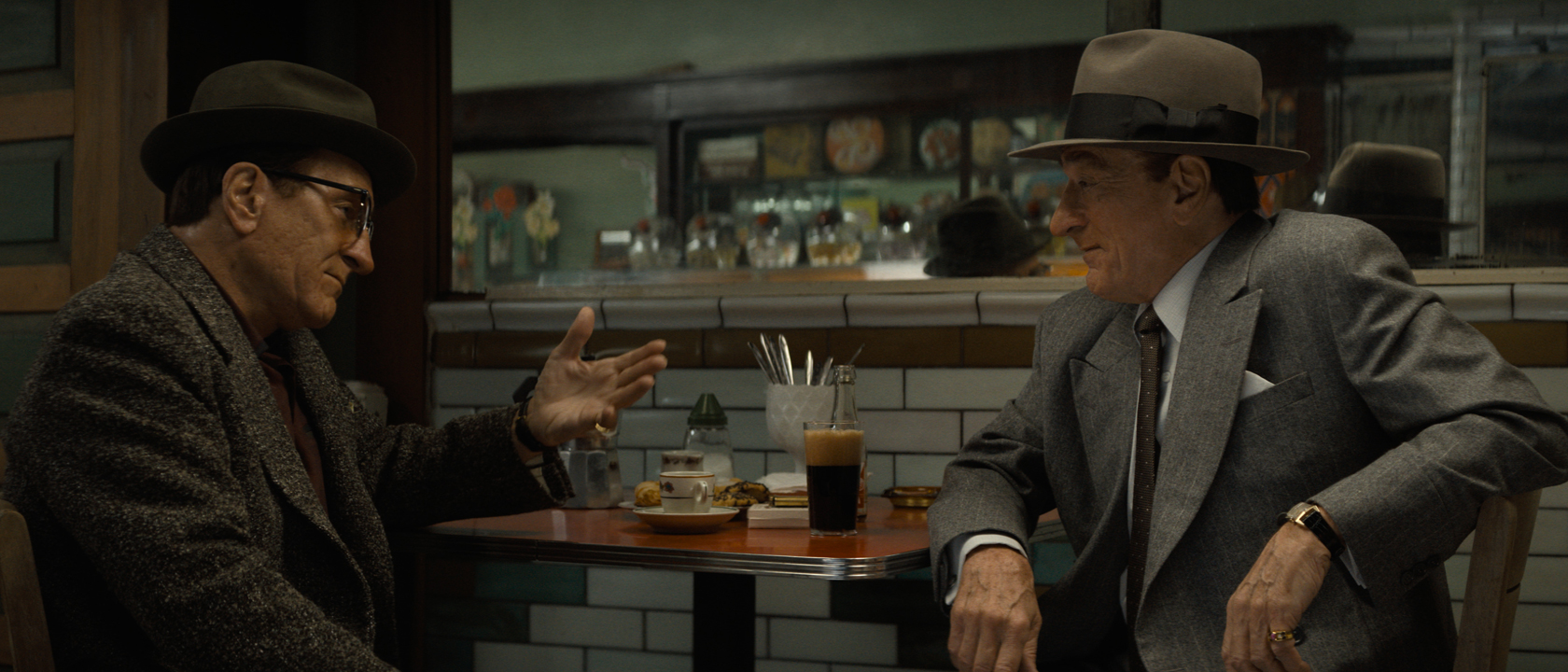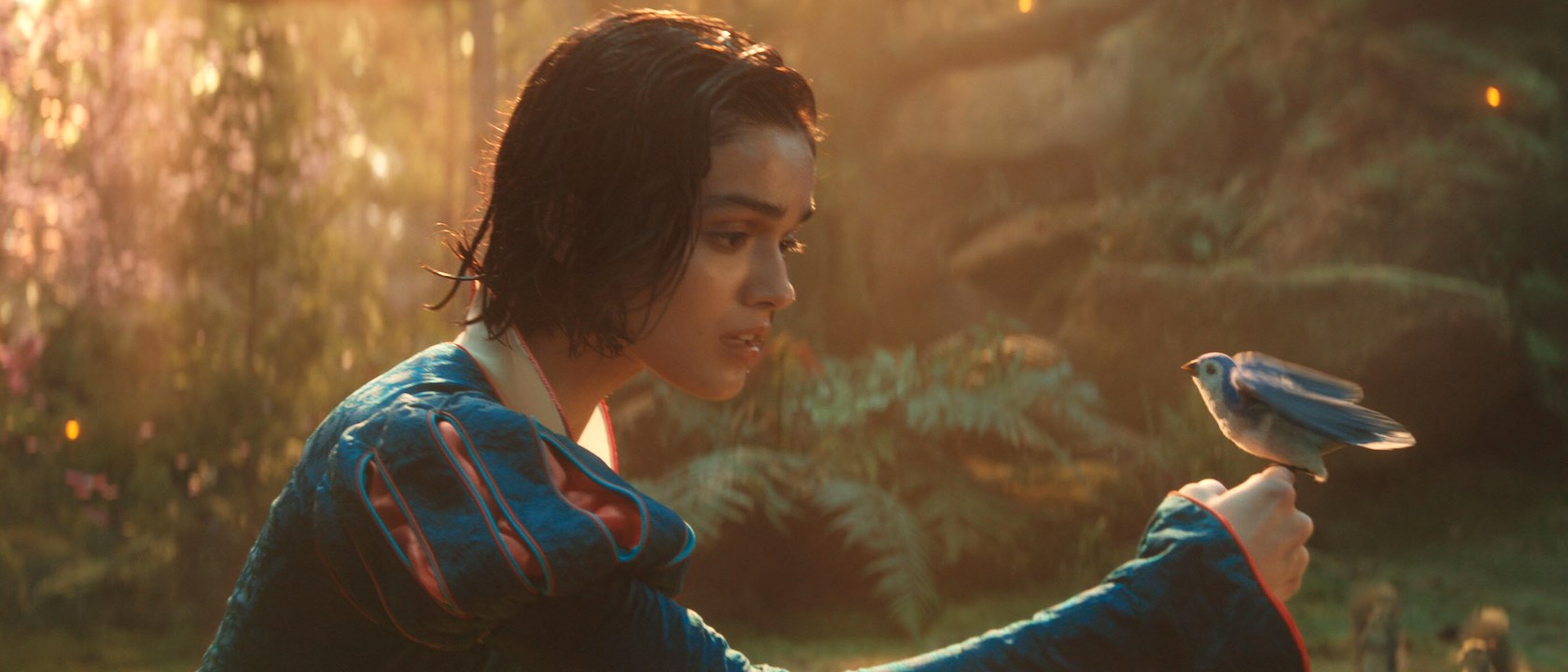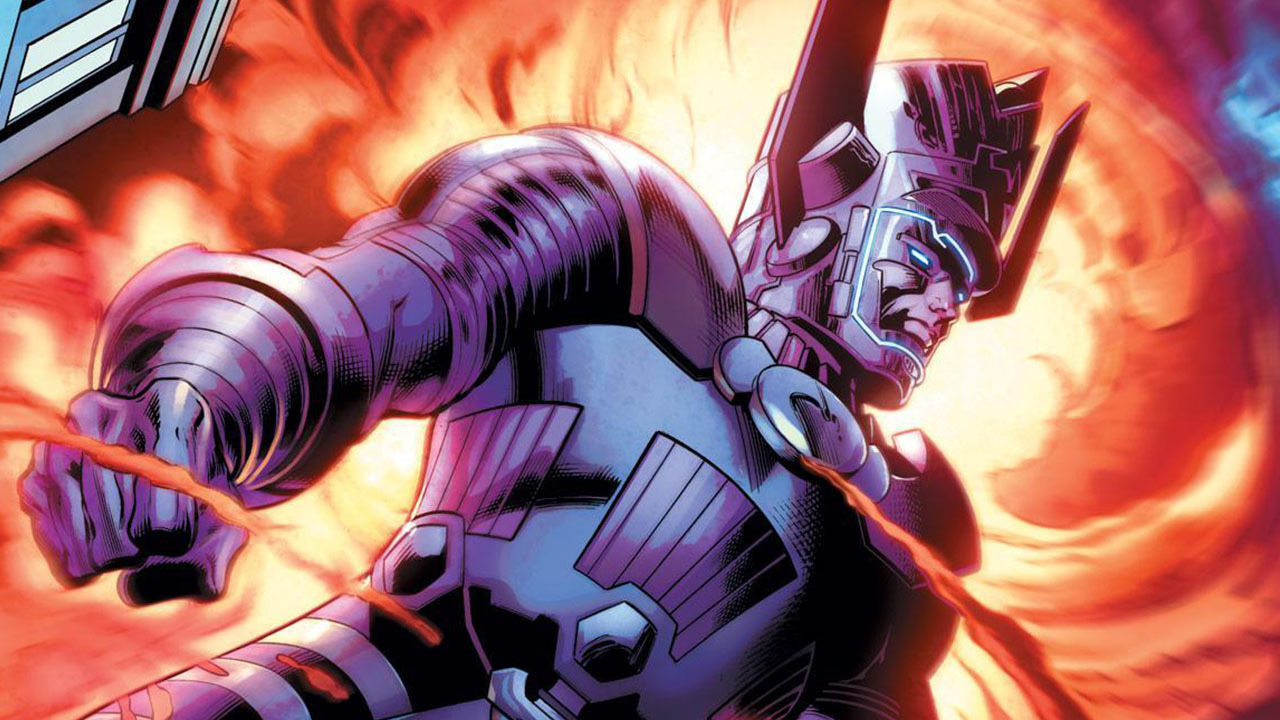By now you’ve probably heard the story of how Superman II: The Richard Donner Cut came about. Director Richard Donner (of Lethal Weapon fame) shot both Superman: The Movie and Superman II concurrently (not back-to-back as has been stated in some articles about this DVD.) When he had about 70% of Superman II shot he stopped filming in order to make the release date of Superman: The Movie. In the interim, Donner had a dispute with the producers and was fired from the project, never completing his version of Superman II. He was replaced by Richard Lester (A Hard Day’s Night,
[[ the three musketeers ]] ) who had to direct more than 50% of the picture in order to get screen credit. Lester re-shot some of Donner’s scenes, shot many new ones, and (reportedly due to his compensation conflict with the producers) cut all scenes with Marlon Brando, who played Superman’s father Jor-El in the first movie and was slated to continue that role in the second. Fans have been clamoring for the “original vision” of Donner’s version for many years and thanks to the support of Warner Brothers studio and the participation of Richard Donner, it’s now out on DVD. The original version of Superman II (“the Lester cut”) has been fairly well liked by both critics and fans since its original release in 1980. However, it’s not a perfect film by any stretch and since there was all this additional footage by a different director, many fans got the idea that there was a “better” version out there, just waiting to be compiled - something that didn’t have the weaknesses of the Lester cut. The Donner cut does improve on the released version in some ways, but it’s hardly the substantial upgrade many fans were hoping for. Rather than moving from a Honda to a Mercedes, it’s more like moving from a Honda to a slightly nicer Honda with leather seats.
The basic plot of the movie doesn’t change between the two versions. Superman (Christopher Reeve) accidentally releases Kryptonian General Zod (Terence Stamp) and his two followers from an alternate dimension prison where they were banished by Superman’s father, Jor-El (Marlon Brando), prior to the destruction of Krypton. Zod comes to earth and attempts to take over the planet using his new found super powers and the scheming assistance of Lex Luthor (Gene Hackman.)
Meanwhile, Superman’s alter ego, Clark Kent (Reeve again), is trying to catch the attention of his co-worker Lois Lane (Margot Kidder) who can only see Superman in her dreams. Lane finally works out that Kent and Superman have a lot of physical similarities and often show up in close proximity but never together and tries to trick Kent into admitting he is Superman. It eventually succeeds and, in a plot device never totally explained, he gives up his powers in order to be with her. It’s bad timing, of course, and before long the re-powered Superman is battling Zod and realizing that he can’t just live the life of a normal man, married to Lois.
The Donner cut does not consist of material shot exclusively by Donner. Editor/Producer Michael Thau acknowledges that some of the material is from the Lester cut because it was needed to tell the complete story. That said, there is a great deal of never before seen material and many key scenes are changed completely. For example, the very stupid scene of Lois on the Eiffel Tower is gone and the release of the Phantom Zone prisoners is tied directly to one of the rockets Superman diverted in the first movie, thus tying the two movies together more closely (in Donner’s mind, they were always one movie in two parts, rather than two separate films.) The scene of Lois jumping into Niagra Falls to get Clark to prove he is Superman is replaced by a scene shown at the beginning of the movie with the same basic thing happening at the Daily Planet. Even the ending, which originally consisted of a “super memory-sucking kiss,” has been changed to something that will seem familiar to anyone who has seen the first movie.
But despite the addition and replacement of many scenes, and cutting familiar scenes differently, the Donner cut doesn’t feel much different than the Lester version. I think it would be difficult for anyone who hasn’t seen the Lester cut in a few years to determine what is new (with the exception of the beginning and the ending). Rumors were that Lester brought a hammier, jokey, slapstick feel to the picture, but the Donner cut includes as much, if not more of that type of action. The two biggest slices of ham were General Zod and Lex Luthor and both are prominently featured in the Donner cut. Gene Hackman reportedly refused to shoot any scenes with Lester so all of his jokes, one-liners, and interplay with Otis (Ned Beatty) and Miss Teschmacher (Valerie Perrine) were from Donner. Reeve and Kidder do seem to have a more touching relationship in the Donner version but it’s not markedly different and their story arc follows roughly the same pattern. The only major difference is the reinsertion of Brando who adds more gravity to the scenes of Superman giving up and then regaining his powers. In the final analysis, it doesn’t really add up to something so significantly different as to be worth the ballyhoo that has accompanied its release.
After watching the extras, it’s clear that Producer/Editor Thau is the real force behind this new version of the film. Thau seems to have gone to great lengths to avoid current digital tricks not available in 1980 to make the special effects and other things look too good, so everything has a “state of the art for the time but cheesy now” feel to it. He does an excellent job of matching the look of the Donner cut to the first Superman movie and this version probably fits a bit better with that film than the original version ever did. There is one glaring exception to this. The scene where Clark Kent finally admits to being Superman, originally shown as Clark tripping and falling into a fire, is replaced by a scene where Lois confronts Clark with a gun. When first viewing the scene cold, I kept thinking that it had a very odd look. Not only was the hair and general appearance of both characters different than what we had seen in just the previous scene, they both had mannerisms that seemed different from those in the both the first film and the other scenes in the second film. In the extras, they reveal that the scene had never been shot but was a screen test for Kidder and Reeve. The revelation of Clark being Superman is certainly done better than the tripping and falling scene, but the look of the scene is so off putting, it overshadows everything else.
A music critic once said that the Beach Boys unreleased “masterpiece” Smile was one of those albums that everyone praised but no one had actually heard. For many years the Donner cut was that way for Superman fans. Something that didn’t actually exist so it could be an ideal. Now with its actual release, some fans might be pleased but most will likely see it as certainly no worse than the Lester cut but not significantly better. While not packed with extras, the single disc does come with a nice selection of supplemental material. The key thing you learn from watching all the extras is how 25 years have done nothing to blunt Richard Donner’s bitterness over being fired and having Richard Lester come in and reshoot many of his scenes. He never utters Lester’s name, dismissing him as “the other director” or “the man whose name I can’t remember….on purpose”, and both he and Creative Consultant (read uncredited scriptwriter) Tom Mankiewicz belittle almost everything Lester did in the movie. As someone who doesn’t see much difference between the two versions, at least in terms of tone, look, and entertainment value, the derision of Lester appears misplaced. However, it seems that Donner had real affection for the material and genuinely feels his firing hurt the project overall. Or maybe the guy just really knows how to hold a grudge. But he certainly doesn’t come off as magnanimous in his short film introduction, the audio commentary or the making-of featurette.
Donner and Mankiewicz team up for the commentary. I would have liked it if Michael Thau had participated, since it was clear from the featurette that he did most of the work in putting the movie together and also seems to be the least bitter about Lester’s work. But Donner is a funny and engaging guy and he and Mankiewicz are clearly long time allies. Since there is some Lester material in the Donner cut, by listening to the commentary you get a better idea of who shot what and why certain shots were included. You also get to hear Donner’s real respect and appreciation for the work done by Christopher Reeve, who he credits with the success of the films. Donner also states that if he hadn’t been fired he was ready to make the third and fourth films using the same tone and relationship as the first two. Without stating it directly, he lets people know that the debacles that were Superman III and Superman IV could have been averted if he had not been removed for Lester.
Not to harp on it too much, but the constant bad mouthing of Lester and the original cut can make the commentary a bit tiresome, despite its strong points. At one point early in the commentary the duo discuss how many critics of the original movie owe Donner an apology because they praised Lester for the comic work of Hackman and considered it an improvement over the first film. They gleeful point out that Hackman refused to return for the Lester shoot and therefore all of Hackman’s work was directed by Donner. However, they ignore the critics who blamed Lester for the overly jokey and hammy aspects of the film, much of which was in the scenes between Hackman, Beatty and Perrine, all directed by Donner. Lester may have gotten praise he didn’t deserve, but he took the bad with the good, something Donner doesn’t seem willing to do.
The creation of the Donner cut is covered in a 13 minute featurette called "Restoring the Vision." Editor/Producer Michael Thau is shown explaining the laborious process of reviewing and editing together the film shot by Donner more than twenty years previously. The addition of some effects and a new sound mix are also discussed, as well as some general background on the project. It's too short and wide ranging to cover any area completely but gives a good overview and the Lester bashing is kept to a minimum.
There are actually some deleted scenes included on the disc. I assumed almost anything they had would have been used in the film, since they were forced to use some of Lester's material just to make a complete film. However, there are a few bits and pieces that were probably considered for inclusion but ultimately rejected. None are particularly interesting and a few look pretty bad as if they hadn't been given the restoration treatment afforded the rest of the film.
The film itself looks very good. They obviously took some effort in the restoration and it doesn't have the grainy washed-out look I remember from watching these old films on VHS or the rare television presentation. The sound is improved dramatically including a new sound mix so it's definitely a spiffy presentation.
I can't say that this disc is a good deal as just a stand alone film. Frankly, it seems like they should release the two movies together with the Donner cut as one of the extras for the Lester cut (or visa versa, depending on your point of view.) It will definitely be of interest to any fan of the original movie, almost like seeing a remake done concurrently, rather than 20 or 30 years later.
The Fantastic Four: First Steps Director Thankfully Didn't Rely Solely On Motion-Capture To Bring Galactus To Life, And I Couldn’t Be Happier With This Approach
Wait, Is Cate Blanchett Planning To Retire From Acting? Here’s What The Actress Says
If You Like Drop, There's Another Real Time Thriller You Need To Watch Immediately
